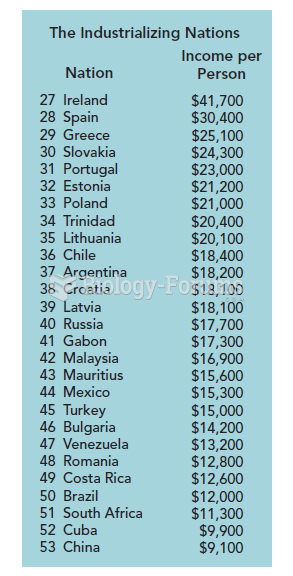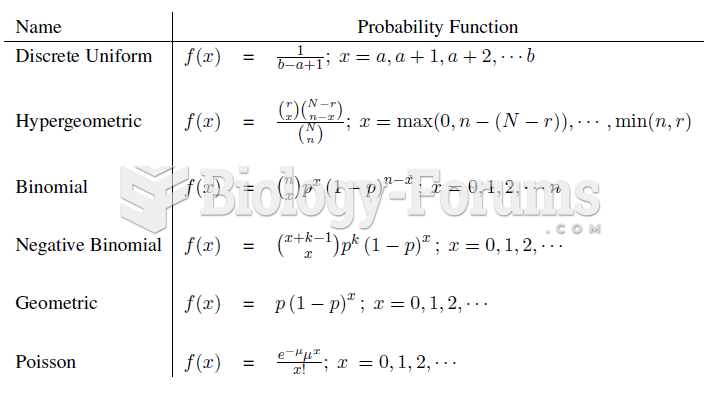Answer to Question 1
Note: In some print versions of the text, the adjustment for production-volume variance for 2014 is listed as (260,600) rather than (260,000) and the gross margin is listed as 468,600 rather than 468,000.
1. Smart Safety's annual fixed manufacturing costs are 1,300,000. It allocates 25 of fixed manufacturing costs to each unit produced. Therefore, it must be using 1,300,000 25 = 52,000 units (annually) as the denominator level to allocate fixed manufacturing costs to the units produced.
We can see from Smart Safety's income statements that it disposes of any production volume variance against cost of goods sold. In 2014, 62,400 units were produced instead of the budgeted 52,000 units. This resulted in a favorable production volume variance of 260,000 F (62,400 52,000) units 25 per unit, which, when written off against cost of goods sold, increased gross margin by that amount.
2. The breakeven calculation, same for each year, is shown below:
Calculation of breakeven volume 2013 2014 2015
Selling price (2,236,000 52,000; 2,236,000 59,000; 2,683,000 62,400)
43 43 43
Variable cost per unit (all manufacturing) 14 14 14
Contribution margin per unit 29 29 29
Total fixed costs
(fixed mfg. costs + fixed selling & admin. costs) 1,508,000 1,508,000 1,508,000
Breakeven quantity =
Total fixed costs contribution margin per unit
52,000 52,000 52,000
3.
Variable Costing
2013 2014 2015
Sales (units) 52,000 52,000 62,400
Revenues 2,236,000 2,236,000 2,683,000
Variable cost of goods sold
Beginning inventory 14 0; 0; 10,400
0 0 145,600
Variable manuf. costs 14 52,000; 62,400; 52,000
728,000 873,600 728,000
Deduct ending inventory 14 0; 10,400; 0
0 (145,600) 0
Variable cost of goods sold 728,000 728,000 873,600
Contribution margin 1,508,000 1,508,000 1,809,600
Fixed manufacturing costs 1,300,000 1,300,000 1,300,000
Fixed selling and administrative expenses 208,000 208,000 208,000
Operating income 0 0 301,600
Explaining variable costing operating income
Contribution margin
(26 contribution margin per unit sales units)
1,508,000 1,508,000 1,809,600
Total fixed costs 1,508,000 1,508,000 1,508,000
Operating income 0 0 301,600
4.
Reconciliation of absorption/variable costing
operating incomes 2013 2014 2015
(1) Absorption costing operating income 0 260,000 41,600
(2) Variable costing operating income 0 0 301,600
(3) Difference in operating incomes = (1) (2) 0 260,000 (260,000)
(4) Fixed mfg. costs in ending inventory under absorption costing (ending inventory in units 25 per unit)
0 260,000 0
(5) Fixed mfg. costs in beginning inventory under absorption costing (beginning inventory in units 25 per unit)
0 0 260,000
(6) Difference = (4) (5) 0 260,000 (260,000)
In the table above, row (3) shows the difference between the operating income under absorption costing and the operating income under variable costing, for each of the three years. In 2013, the difference is 0; in 2014, absorption costing income is greater by 260,000; and in 2015, it is less by 260,000. Row (6) above shows the difference between the fixed costs in ending inventory and the fixed costs in beginning inventory under absorption costing; this figure is 0 in 2013, 260,000 in 2014, and 260,000 in 2015. Row (3) and row (6) explain and reconcile the operating income differences between absorption costing and variable costing.
Stuart Weil is surprised at the non-zero, positive net income (reported under absorption costing) in 2014, when sales were at the breakeven volume' of 52,000; further, he is concerned about the drop in operating income in 2015, when, in fact, sales increased to 62,400 units. In 2014, starting with zero inventories, 62,400 units were produced and 52,000 were sold, i.e., at the end of the year, 10,400 units remained in inventory. These 10,400 units had each absorbed 25 of fixed costs (total of 260,000), which would remain as assets on Smart Safety's balance sheet until they were sold. Cost of goods sold, representing only the costs of the 52,000 units sold in 2014, was accordingly reduced by 260,000, the production volume variance, resulting in a positive operating income even though sales were at breakeven levels. The following year, in 2015, production was 52,000 units, sales were 62,400 units, i.e., all of the fixed costs that were included in 2014 ending inventory flowed through COGS in 2015. Contribution margin in 2015 was 1,809,600 (62,400 units 29), but in absorption costing, COGS also contains the allocated fixed manufacturing costs of the units sold, which were 1,560,000 (62,400 units 25), resulting in an operating income of 41,600 = 1,809,600 1,560,000 208,000 (fixed sales and admin.) Hence the drop in operating income under absorption costing, even though sales were greater than the computed breakeven volume: inventory levels decreased sufficiently in 2015 to cause 2015's operating income to be lower than 2014 operating income.
Note that beginning and ending with zero inventories during the 20132015 period, under both costing methods, Smart Safety's total operating income was 301,600.
Answer to Question 2
A







